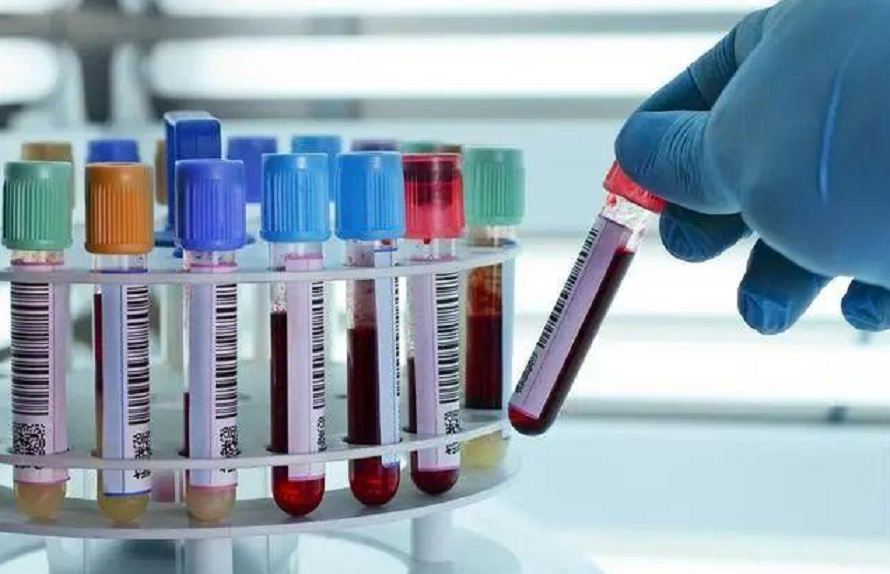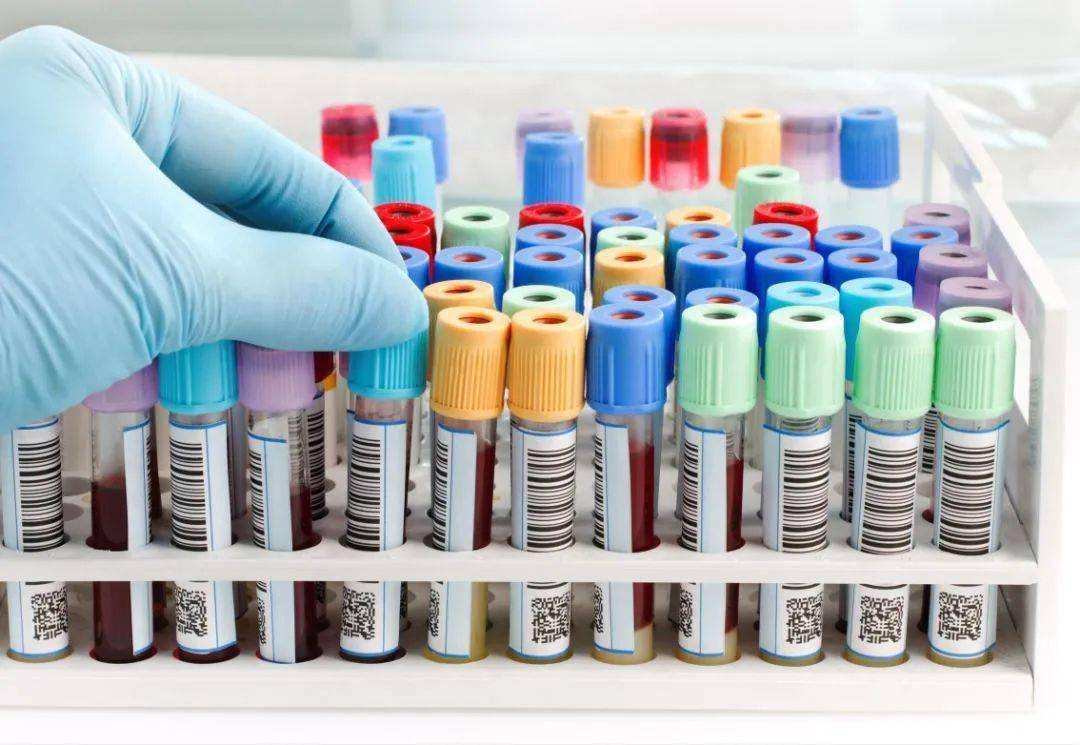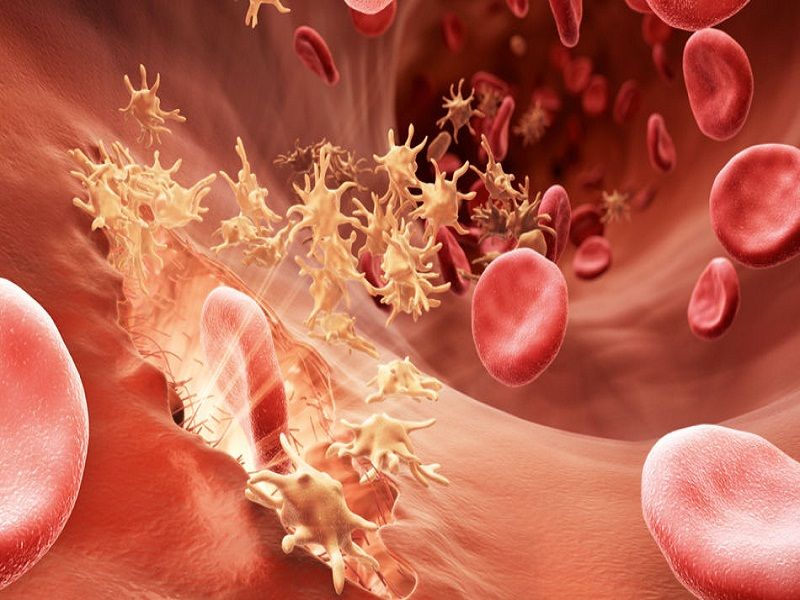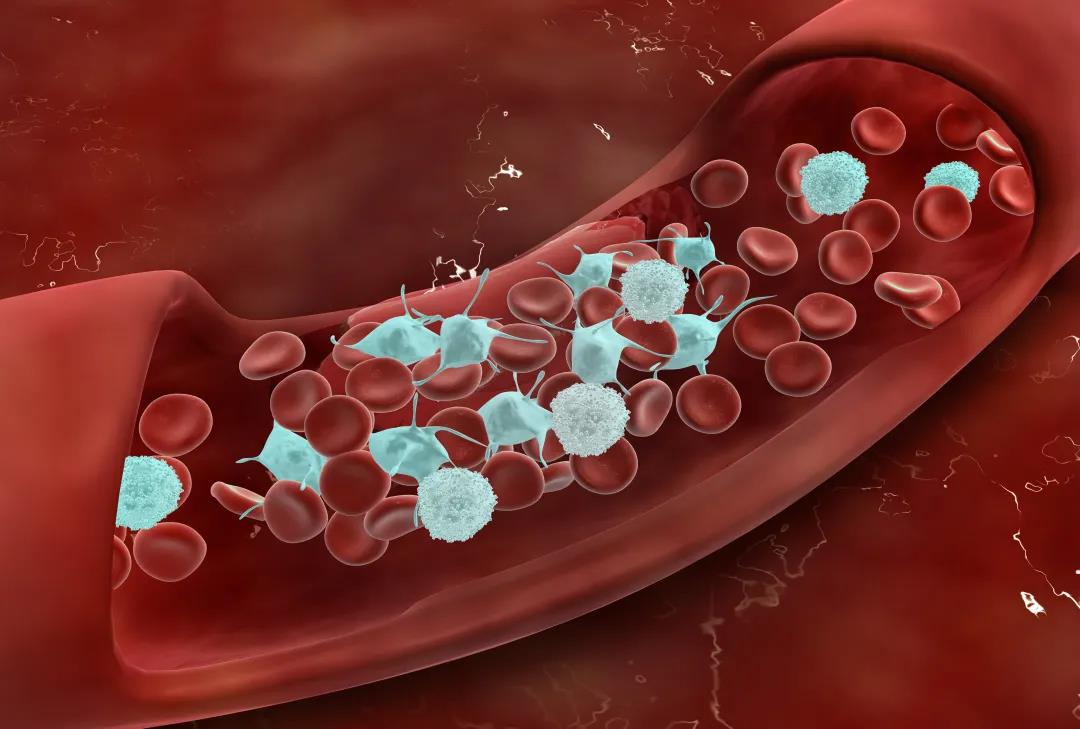-

How is coagulation defect diagnosed?
Poor coagulation function refers to bleeding disorders caused by lack or abnormal function of coagulation factors, which are generally divided into two categories: hereditary and acquired. Poor coagulation function is the most common clinically, including hemophilia, vit...Read more -

What machine is used for coagulation studies?
Coagulation analyzer, that is, blood coagulation analyzer, is an instrument for laboratory examination of thrombus and hemostasis. The detection indicators of hemostasis and thrombosis molecular markers are closely related to various clinical diseases, such as atheroscle...Read more -

What is aPTT coagulation tests?
Activated partial thromboplastin time (activeated partial thromboplasting time, APTT) is a screening test for detection of "intrinsic pathway" coagulation factor defects, and is currently used for coagulation factor therapy, heparin anticoagulant therapy monitoring, and ...Read more -

How serious is high D-dimer?
D-dimer is a degradation product of fibrin, which is often used in coagulation function tests. Its normal level is 0-0.5mg/L. The increase of D-dimer may be related to physiological factors such as pregnancy, or It is related to pathological factors such as thrombotic di...Read more -

Who is prone to thrombosis?
People who are prone to thrombosis: 1. People with high blood pressure. Special caution should be exercised in patients with previous vascular events, hypertension, dyslipidemia, hypercoagulability, and homocysteinemia. Among them, high blood pressure will increase the r...Read more -

How is thrombosis controlled?
Thrombus refers to the formation of blood clots in the circulating blood due to certain incentives during the survival of the human body or animals, or blood deposits on the inner wall of the heart or on the wall of blood vessels. Prevention of Thrombosis: 1. Appropriate...Read more








 Business card
Business card Chinese WeChat
Chinese WeChat English WeChat
English WeChat